 advertisements advertisements
|

|
Russia's 'Prichal' module docks to space station, adds new ports
November 26, 2021 — The International Space Station now has five new docking ports with the arrival of a new Russian-made module.
Launched on Wednesday (Nov. 25) with a modified Progress cargo spacecraft, Roscosmos' "Prichal" nodal module completed an autonomous approach and docking to the space station on Friday morning. The ball-shaped node made contact with the Earth-facing port on the Nauka multi-purpose laboratory module on the Russian segment of the orbiting complex at 10:19 a.m. EST (1519 GMT).
Now extending out from the "bottom" of the space station, the Prichal module restores and expands the ability for Russia to dock Soyuz and Progress vehicles, as well as add future modules. The node replaces the capabilities of the former Pirs docking module, which after 20 years of use was detached and discarded in July to make way for the addition of the Nauka laboratory module.
Similarly, Russia undocked the Progress MS-17 cargo spacecraft from Nauka on Thursday (Nov. 25) to open up the port for Prichal to connect. The Progress took with it a passive docking unit adapter that enabled Progress and Soyuz to link directly to the MLM. With Prichal in place, the adapter was no longer necessary.
Roscosmos cosmonauts Anton Shkaplerov and Pyotr Dubrov, both members of the station's Expedition 66 crew, monitored the approach of the Progress M-UM with Prichal, ready to take over manual control of the docking if necessary. The two are scheduled to perform a spacewalk together in January to run power and data cables, completing the addition of Prichal to the space station.
In addition to delivering Prichal to the station, Progress M-UM also carried 1,540 pounds (700 kg) of cargo, including expendable equipment, medical supplies and food rations for the Expedition 66 crew.
Named for the Russian word for "port" or "berth," the five-ton Prichal nodal module is 16 feet long by 11 feet in diameter (4.9 by 3.3 meters). The interior is divided into two sections, a habitable volume and a utility area for on-board systems. The node's six-port layout (with one port used to connect to the space station) differs Prichal from the other Russian docking modules, Rassvet and Poisk, which have only one port each to support one visiting vehicle at a time.
In addition to Prichal, Rassvet and Poisk, Russian spacecraft can also dock to the rear-facing port on the Zvezda service module. On the U.S. operating segment, two international docking adapters attached to the Harmony node support visiting U.S. commercial spacecraft.
Roscosmos had originally intended Prichal to only be a temporary addition to the International Space Station — to ultimately become part of a new Russian space station, the Orbital Piloted Assembly and Experiment Complex, or OPSEK — but that plan was put aside in 2017.
"Today we can state the fact that the formation of the Russian segment of the International Space Station has been completed," said Dmitry Rogozin, General Director of Roscosmos. |
|
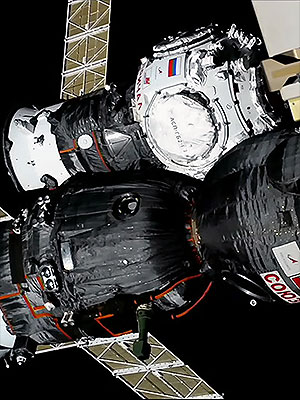
Roscosmos' "Prichal" nodal module (at top) docks with the Nauka multipurpose laboratory at the International Space Station, adding six new docking ports, on Friday, Nov. 26, 2021. (NASA TV)
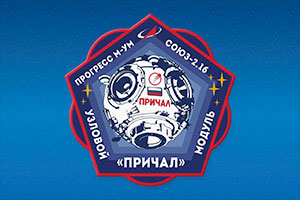
Roscosmos logo for the new "Prichal" nodal module. (Roscosmos)
|
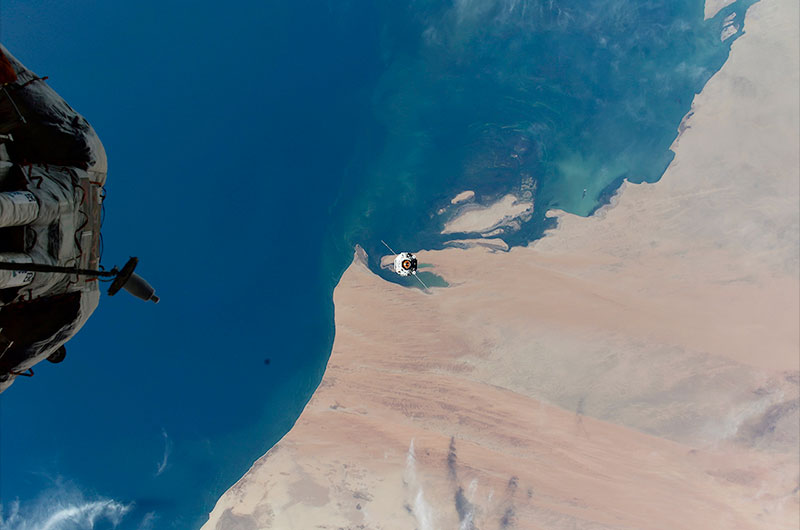
Roscosmos' Prichal node mated with the Progress M-UM cargo spacecraft approaches a docking with the International Space Station. (Roscosmos) |
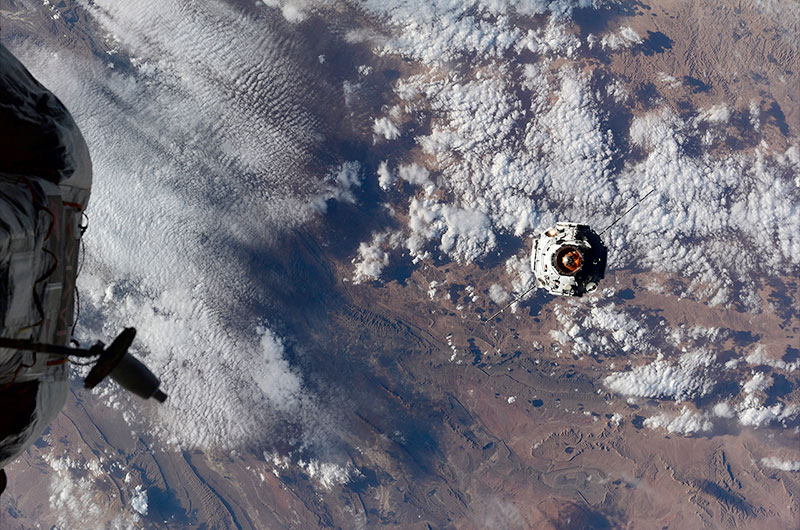
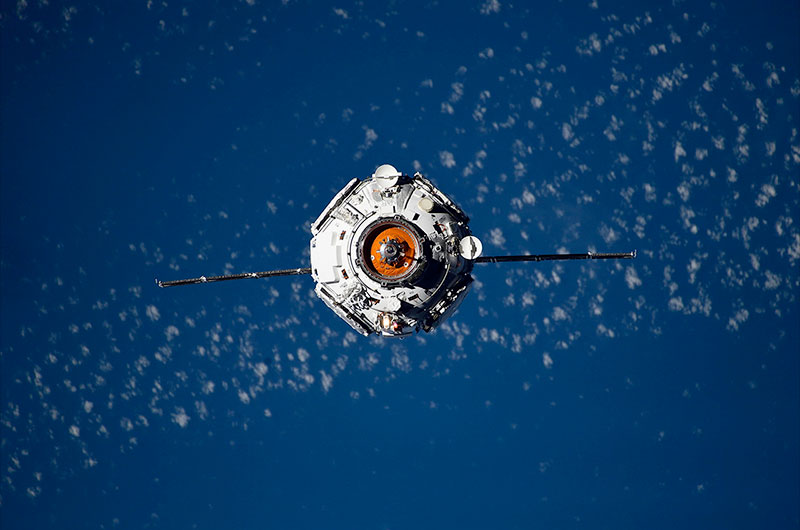
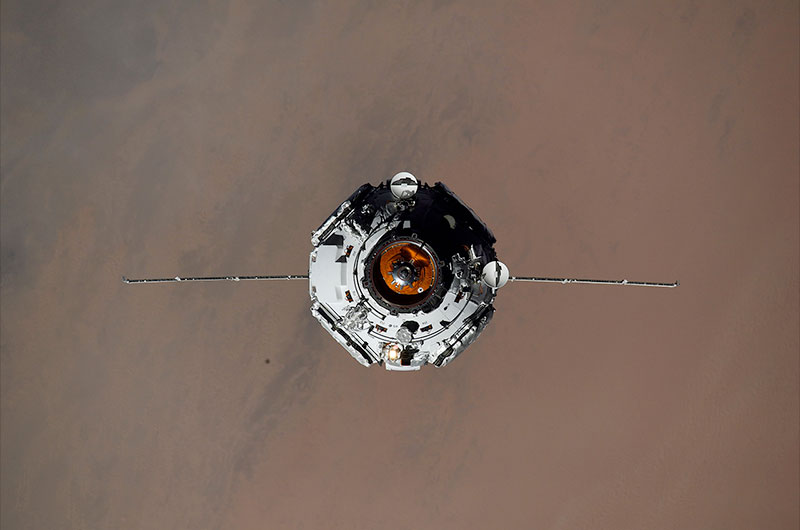
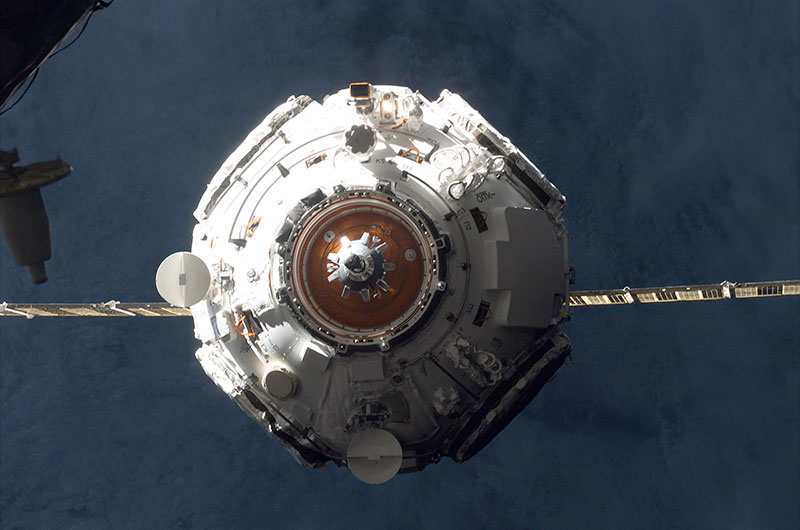
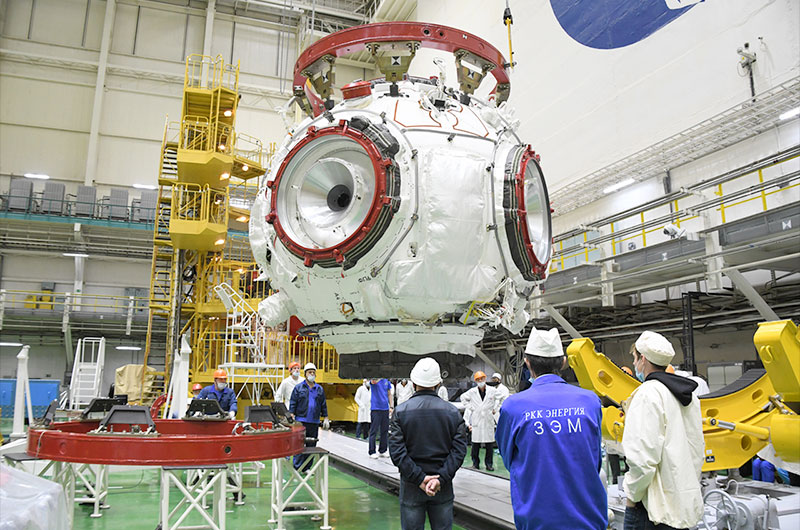
Roscosmos' Prichal nodal module seen being prepared for launch, prior it to being mated with the Progress M-UM cargo spacecraft. (RSC Energia) |
|

© collectSPACE. All rights reserved.
|
|

|

|
